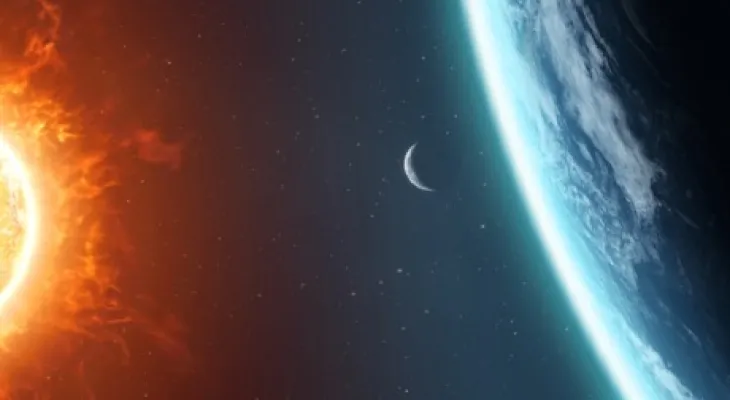Search here
Newspaper
Search here

Arab Canada News
News

Published: October 5, 2022
The US space agency, NASA, issued a warning after the sun released a strong solar flare late on Sunday.
Solar flares are powerful bursts of energy that erupt from the sun's turbulent atmosphere. These eruptions can cause problems with wireless communications, power grids, navigation systems, and pose risks affecting astronauts and spacecraft.
This flare comes as emergency responders in the United States are looking to respond to distress calls due to Hurricane Ian, where they may have faced issues with wireless communications used when phone networks fail, as well as navigation signals.
The recent flare may just be the beginning of a number of flares and coronal mass ejections in the coming days.
The world is now facing the emergence of a "large complex spot" on the sun's surface, which could mean more solar activity.
NASA explains that the new flare is an X1-class flare. The X-class is noted as the strongest possible class of flares – although the number "1" indicates that the flare is on the weaker side of the strongest class.
This led to the issuance of an alert on NASA’s website, shared by Thomas Zurbuchen, NASA’s director himself.
The US space agency released an image of the flare during its departure from the sun, using the Solar Dynamics Observatory, a spacecraft that constantly monitors the sun, thus observing such flares.
The latest flares were emitted from the sun on Sunday, October 2, peaking at 4:25 PM Eastern Time.
This led to wireless outages, according to the Space Weather Prediction Center and the National Oceanic and Atmospheric Administration (NOAA), accompanied by solar winds that can cause problems in power grids and difficulties for satellites.
Other coronal mass ejections that may be headed toward Earth could start reaching us in the coming days, after the sunspot moved off the large sunspot on the northwest edge, according to the Meteorological Office, which added that space weather may remain unstable for the rest of the week.
Comments